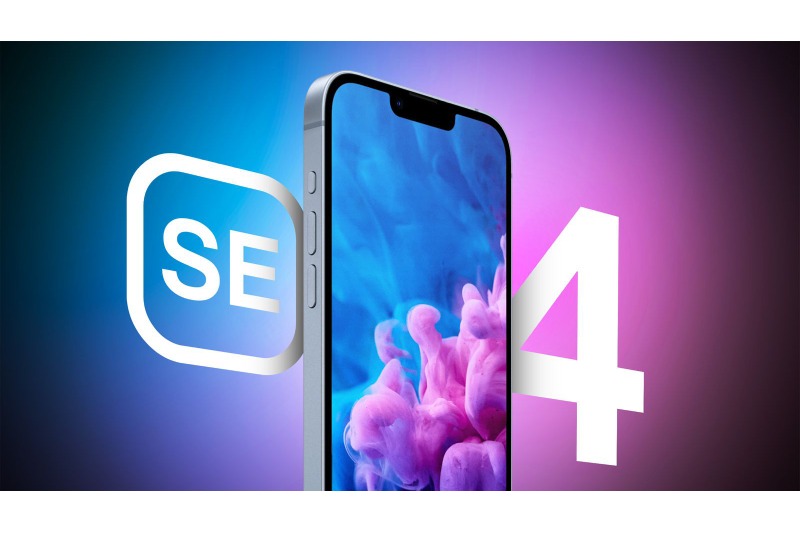According to an announcement made by Intel, their new client processors, dubbed “Lunar Lake,” would power more than 80 brand-new laptop models from 20 different OEM manufacturers in the third quarter of 2024, ushering in AI capabilities for Copilot+ PCs globally.
AI PCs using the Lunar Lake Processor
It is predicted that the Lunar Lake processor, which provides more than three times the AI performance of the previous generation, will completely transform AI PCs.
Intel’s next-generation CPUs will enable Copilot+ experiences with neural processing units (NPU) capable of over 40 tera operations per second (TOPS).
In addition to the improved NPU, Lunar Lake will include more than 60 GPU TOPS, for a total of more than 100 platform TOPS.
Additionally, Intel has stated that a future update for Lunar Lake will provide Copilot+ features like Recall.
Specifications of Intel Lunar Lake Processors
All of Lunar Lake’s computational components have been rebuilt by Intel, which also included a new integrated GPU that makes use of the Xe2 architecture, a redesigned low power island (LPI), and faster CPU and NPU cores.
The Xe2 iGPU is anticipated to provide 1.5 times the performance of the current generation of Meteor Lake CPUs, demonstrating that Intel hasn’t forgotten about gaming despite its emphasis on AI.
For desktops and laptops, the Arrow Lake series will offer improved performance, most likely due to shared CPU architectures with Lunar Lake. The three tiles/chiplets that make up Lunar Lake combine the efficiency and performance cores of Skymont and Lion Cove microarchitectures, respectively.
Lunar Lake’s NPU can produce more than 45 TOPS, meeting Microsoft’s requirements for next-generation AI PCs while supporting AI workloads.
AI performance can be improved by up to 60 TOPS with the integrated GPU’s support for Intel Xe Matrix eXtensions (XMX). Over 100 TOPS of total AI performance are promised by Lunar Lake.
Lunar Lake Performance
Although encouraging, Intel’s Lunar Lake performance promises should be viewed with caution given they are based on a small number of benchmarks.
Benchmarks
- Based on Intel’s benchmarks, Lunar Lake outperforms rivals such as Snapdragon X Elite and Ryzen 7 8840U by a large margin (1.4x) in the GIMP benchmark results.
- Real-world gaming benchmarks have still to be determined, however synthetic evaluations on Meteor Lake Core 7 165U show 1.5 times better gaming performance than the current-generation iGPU.
Life of Batteries and Power Effectiveness
- Lunar Lake’s efficiency is demonstrated by battery life tests, which show up to 30% less active power usage when compared to rivals like Ryzen 7 7840U and Snapdragon 8CX Gen3.
The software ecosystem of Lunar Lake AI
By the end of 2025, Intel hopes to have sold 100 million AI PCs, making it the company with the largest install base. They draw attention to investments in AI software and hardware developer ecosystems and stress the significance of drivers and software in optimizing performance.
More than 500 AI models are supported by Intel, and Day 0 support for additional models and features is planned. Performance and efficiency are increased when the NPU is integrated into different apps for activities like threat and deepfake detection.
Accessibility
In 2024, Intel intends to increase its market share in AI PCs by shipping more than 40 million Lunar Lake processors. In order to guarantee that laptops are accessible for the holiday retail season, production of Lunar Lake wafers is currently underway, with a targeted Q3 debut.


 Business4 weeks ago
Business4 weeks ago
 Technology4 weeks ago
Technology4 weeks ago
 Business4 weeks ago
Business4 weeks ago
 Technology4 weeks ago
Technology4 weeks ago
 Science4 weeks ago
Science4 weeks ago
 Business4 weeks ago
Business4 weeks ago
 Science4 weeks ago
Science4 weeks ago
 Business4 weeks ago
Business4 weeks ago













